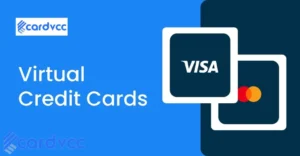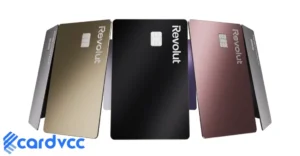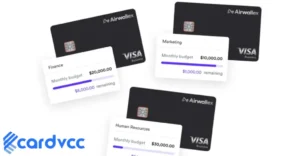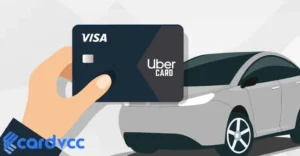A chargeback on a debit card is a process where the bank reverses a transaction. This typically happens due to fraud or dispute.
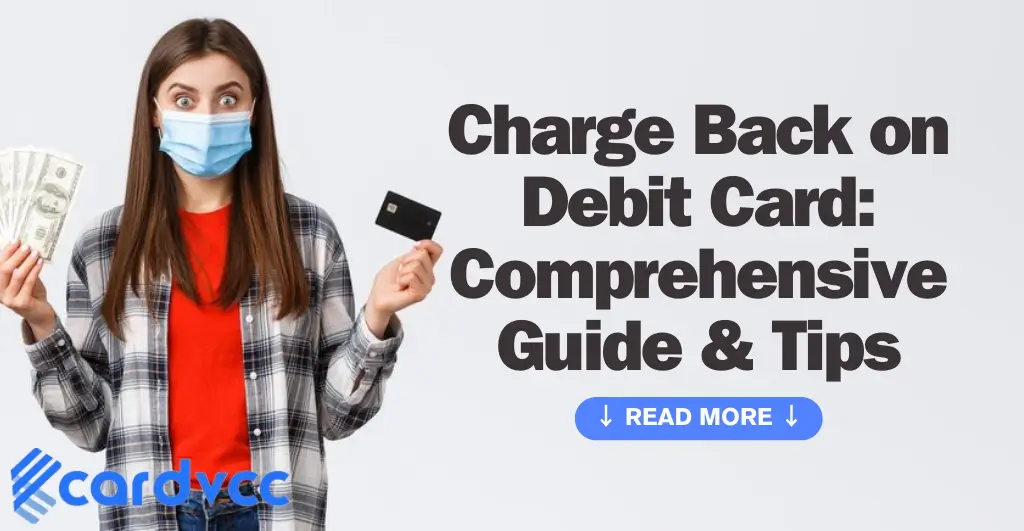
Debit card chargebacks protect consumers from unauthorized transactions or merchant disputes. They allow cardholders to reclaim funds if they encounter fraud, billing errors, or unsatisfactory goods or services. Understanding the chargeback process can help you effectively manage disputes and ensure financial security.
Initiating a chargeback usually involves contacting your bank, explaining the issue, and providing necessary documentation. Knowing your rights and the specific timelines for filing a chargeback is crucial. This process empowers consumers, offering a safety net against potential financial losses and ensuring fair transactions.
Introduction To Chargebacks
Chargebacks help protect customers from fraudulent or disputed transactions. This safeguard is crucial for maintaining trust in digital payments.
Definition
A chargeback is a reversal of a debit card transaction. It occurs when a customer disputes a charge. The bank investigates and returns the funds if the claim is valid.
This process ensures that customers are not unfairly charged. It acts as a safety net for online purchases.
Importance
Chargebacks are vital for consumer protection. They provide a way to recover funds from unauthorized transactions. This is especially important in the digital age.
Here are some key reasons why chargebacks matter:
- Fraud Prevention: Protects against fraudulent activities.
- Dispute Resolution: Offers a mechanism to resolve payment disputes.
- Consumer Trust: Builds confidence in using debit cards for online payments.
| Benefit | Description |
|---|---|
| Fraud Prevention | Stops unauthorized transactions and refunds money. |
| Dispute Resolution | Helps settle disagreements between customers and merchants. |
| Consumer Trust | Encourages the use of debit cards for purchases. |
Common Reasons
Understanding the common reasons for chargebacks can help you protect your finances. Chargebacks occur for various reasons. Knowing these reasons enables you to prevent issues before they arise.
Fraudulent Transactions
Fraudulent transactions happen when someone uses your card without permission. This can be due to identity theft or stolen card details. Here are some common scenarios:
- Unauthorized online purchases
- Stolen card used in-store
- Phishing scams leading to misuse
Always monitor your bank statements. Report any suspicious activity immediately. Your bank can help you secure your account.
Billing Errors
Billing errors can also lead to chargebacks. These errors occur due to mistakes by the merchant. Here are some examples:
- Double charging for a single purchase
- Incorrect amount charged
- Charges for items not received
To handle billing errors, keep all receipts. Contact the merchant first to resolve the issue. If unresolved, your bank can step in to help.
Eligibility Criteria
Understanding the eligibility criteria for a chargeback on a debit card is crucial. It ensures you can get your money back when needed. Let’s explore the main aspects.
Time Limits
The time limits for filing a chargeback are critical. Usually, you must act fast. Banks often allow 120 days from the transaction date. Sometimes, this period can be shorter or longer. Always check with your bank for exact limits.
Document Requirements
Providing the right documents is key to a successful chargeback. Here are some common documents you might need:
- Transaction receipt: Proof of the transaction.
- Bank statement: Shows the charge on your account.
- Communication records: Emails or messages with the merchant.
- Proof of return: If you returned the item, show proof.
Organize these documents neatly. Submit them with your chargeback request.
Process Overview
Understanding the chargeback process on a debit card is crucial. It helps you recover funds from disputed transactions. This section covers the key steps involved.
Initiating A Chargeback
To start a chargeback, contact your bank. Explain why you dispute the transaction. Provide any relevant details and documentation. This might include receipts, emails, or screenshots.
Here’s a simple list of steps:
- Contact your bank’s customer service.
- Explain the transaction issue.
- Submit any required documents.
Bank’s Role
The bank has a critical role in the chargeback process. They review your claim and documentation. They then reach out to the merchant’s bank.
The bank might require these documents:
| Document | Purpose |
|---|---|
| Transaction Receipt | Verify purchase details |
| Email Communication | Show any prior dispute discussions |
| Photo Evidence | Prove product or service issue |
Once the bank receives your information, they investigate. They may contact you for further details. If the dispute is valid, the bank will proceed with the chargeback.
The process can take time, so patience is key. But knowing these steps helps you navigate the chargeback process smoothly.
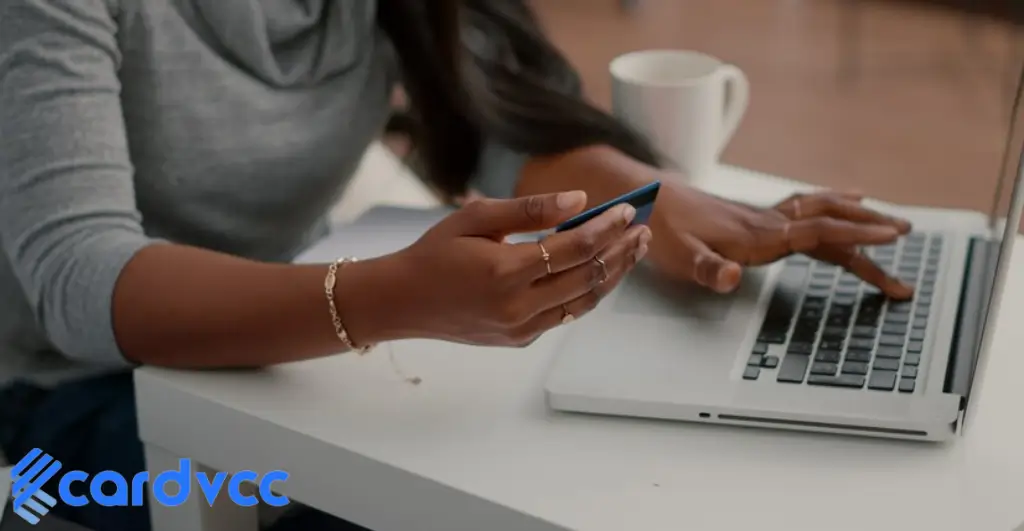
Can Virtual Credit Cards Be Used to Deter Online Scams?
Online scams are a growing problem. Many people fall victim to these scams every day. One way to protect yourself is by using virtual credit cards. But what are they? Can they help deter online scams? Let’s find out.
What Are Virtual Credit Cards?
Virtual credit cards are digital versions of your physical credit cards. They have a unique card number, expiration date, and security code. These details differ from your actual credit card. You can use them for online purchases, just like a regular credit card.
How Do Virtual Credit Cards Work?
Virtual credit cards work by generating a unique set of details for each transaction. When you make a purchase, the virtual card details are used instead of your real card. This helps keep your actual credit card information safe.
Benefits of Using Virtual Credit Cards
- Enhanced Security: Your real card details are never exposed.
- Limited Use: Virtual cards can be set to expire after a single use.
- Control Over Spending: You can set spending limits on virtual cards.
- Easy to Cancel: If a virtual card is compromised, you can cancel it easily.
How Virtual Credit Cards Deter Online Scams
Virtual credit cards can help deter online scams in several ways. First, they protect your real card details. Even if a scammer gets your virtual card details, they can’t access your actual card.
Second, virtual cards can be set to expire after a single use. This makes them useless to scammers after the initial transaction. Third, you can set spending limits on virtual cards. This prevents scammers from making large unauthorized purchases.
Positives of Virtual Payment Channels
Virtual payment channels offer many benefits. They provide an extra layer of security for online transactions. They also give you more control over your spending. Here are some key positives:
- Security: Virtual payment channels protect your real card details.
- Convenience: You can generate virtual cards instantly.
- Flexibility: You can use virtual cards for a wide range of online transactions.
- Control: You can set limits and expiration dates on virtual cards.
Join Cardvcc & Instantly Create Virtual Credit Cards
Want to start using virtual credit cards? Join Cardvcc today. Cardvcc allows you to create virtual credit cards instantly. It’s easy and secure. Visit cardvcc.com to learn more.
Virtual credit cards are a great way to deter online scams. They protect your real card details and give you more control over your spending. If you want to stay safe online, consider using virtual credit cards. They offer a simple and effective solution to a growing problem.
Merchant’s Perspective
Chargebacks can be a significant issue for merchants. They impact revenue and customer trust. Understanding the merchant’s perspective is crucial. This section explores the impact on business and dispute resolution.
Impact On Business
Chargebacks can reduce a merchant’s revenue. Each chargeback incurs a fee. Frequent chargebacks can lead to higher processing fees. They also affect the merchant’s reputation. Customers may lose trust in the business.
Here are some key impacts:
- Loss of product or service revenue
- Additional chargeback fees
- Increased transaction processing costs
- Damage to business reputation
Merchants need to manage chargebacks effectively. This helps maintain profitability and customer trust.
Dispute Resolution
Dispute resolution is a critical part of managing chargebacks. Merchants need to respond promptly. Providing clear evidence is essential.
Here is a simple process for dispute resolution:
- Receive the chargeback notification
- Gather all relevant transaction details
- Submit evidence to the payment processor
- Wait for the processor’s decision
- Follow up if necessary
Good documentation helps in resolving disputes. Ensure all transaction details are stored securely.
Merchants should also educate their staff about chargebacks. Proper training can reduce the number of disputes.
Consumer Rights
Understanding your consumer rights is crucial for protecting your money. Chargebacks on debit cards can help if you face unauthorized transactions or disputes. Knowing how to utilize these rights can save you time and stress.
Legal Protections
Several legal protections exist to support consumers in chargeback cases. These regulations ensure that banks and merchants handle disputes fairly and swiftly.
- Fair Credit Billing Act (FCBA): Provides guidelines for resolving billing disputes.
- Electronic Fund Transfer Act (EFTA): Covers unauthorized transactions and error resolution.
These laws require banks to investigate disputes within 10 business days. If the bank needs more time, they must provisionally credit your account.
Best Practices
Following best practices can enhance your chances of a successful chargeback. Here are some tips:
- Document Everything: Keep records of all transactions and communications.
- Act Quickly: Report any unauthorized transactions as soon as possible.
- Contact Your Bank: Inform your bank about the dispute immediately.
- Follow-up: Regularly check the status of your dispute.
These steps can ensure a smoother and faster resolution process. Remember, time is of the essence in chargeback cases.
Preventing Chargebacks
Chargebacks on debit cards can be a major issue for businesses. They can lead to revenue loss and operational headaches. To minimize the risk, businesses must take proactive steps. These steps include ensuring secure transactions and maintaining clear communication with customers.
Secure Transactions
Ensuring secure transactions is crucial. Use advanced encryption methods to protect sensitive data. Implementing SSL certificates can help encrypt customer information. This makes it harder for hackers to access it.
Here are some methods to secure transactions:
- Use SSL certificates for data encryption.
- Implement multi-factor authentication for account access.
- Regularly update and patch software to fix vulnerabilities.
- Conduct frequent security audits to identify risks.
Customer Communication
Clear communication with customers can prevent misunderstandings. This can reduce the risk of chargebacks. Provide detailed information about products and services. Make sure your return and refund policies are easy to find and understand.
Consider these tips for better customer communication:
- Send order confirmation emails with detailed information.
- Update customers on shipping and delivery status.
- Offer a responsive customer support team.
- State return and refund policies.
By focusing on secure transactions and clear communication, businesses can effectively prevent chargebacks. These steps not only protect the business but also build trust with customers.
Real-life Scenarios
Chargebacks on debit cards can be complicated. Real-life scenarios help us understand this better. They show both success stories and challenges faced by users.
Success Stories
Many people have successfully managed chargebacks. Here are a few examples:
- John’s Online Purchase: John bought a laptop online. It arrived damaged. The seller refused a refund. John contacted his bank. He provided evidence. The bank approved his chargeback. John got his money back.
- Emma’s Hotel Booking: Emma booked a hotel. The hotel was overbooked when she arrived. She had to book another hotel. Emma filed a chargeback with her bank. She showed proof of the overbooking. The bank refunded her.
Challenges Faced
While many succeed, some face hurdles. These challenges can make the process tough.
| Challenge | Example |
|---|---|
| Insufficient Evidence | Mark couldn’t prove his claim. The bank denied his chargeback. |
| Time Limits | Susan missed the deadline to file. She lost her money. |
| Complex Disputes | Tom had a complicated case. It took months to resolve. |
These challenges highlight the importance of being prepared. Keep records and act quickly.

Frequently Asked Questions
What Happens When You Chargeback On A Debit Card?
A chargeback on a debit card reverses a disputed transaction. The bank investigates and refunds your money if valid.
What Qualifies For A Chargeback?
A chargeback qualifies for unauthorized transactions, billing errors, defective products, or services not received. Ensure you provide supporting documentation.
How Do I Charge Back With My Debit Card?
Contact your bank’s customer service. Provide transaction details and reasons for the chargeback. Follow their instructions.
How Long Does A Debit Card Chargeback Take?
A debit card chargeback typically takes 30 to 90 days. The timeframe depends on the bank and the complexity.
Conclusion
Understanding chargebacks on a debit card is crucial for financial security. Knowing your rights can prevent unwanted losses. Always monitor your transactions and report discrepancies promptly. By staying vigilant, you can safeguard your finances effectively. Keep these tips in mind to handle chargebacks smoothly and maintain peace of mind.
Read More- Buy PayPal VCC and PayPal Verification Instruction

